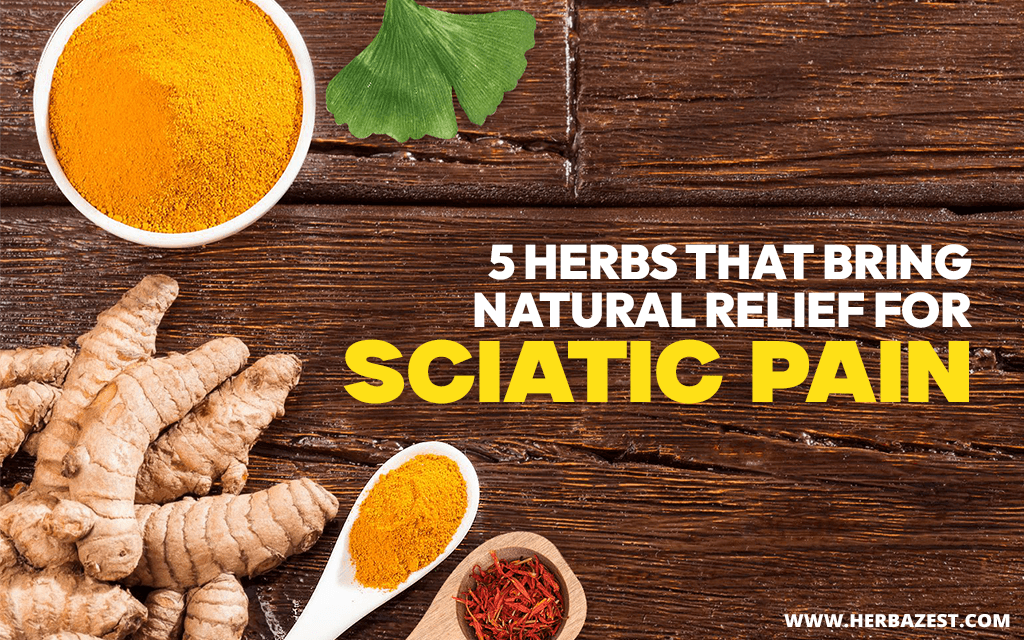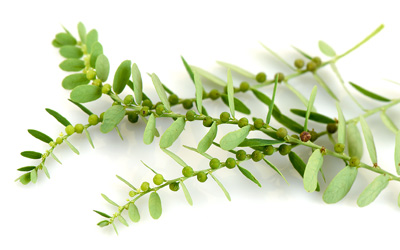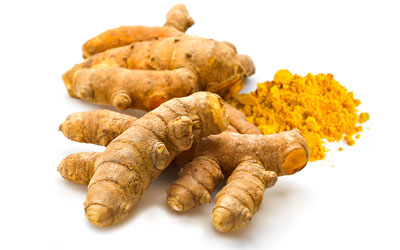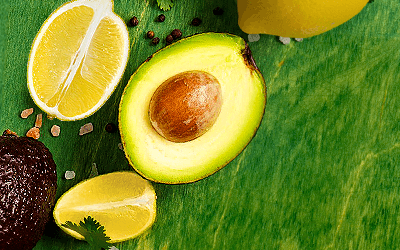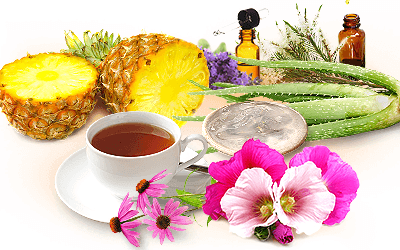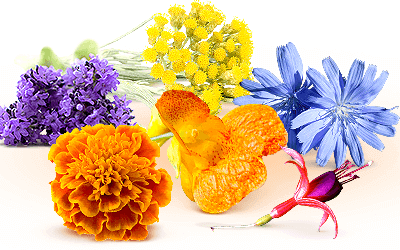Nerve pain, also known as neuropathic pain, is arguably among the worst types of pain anyone can experience, with sciatica being particularly debilitating. The prevalence of sciatic nerve-related problems in the general population is about 2.2%, mainly affecting people over 40, regardless of their sex.1,2
However, during the COVID-19 pandemic, teleworking has become a standard for many companies around the world. This has caused the incidence of musculoskeletal disorders to increase exponentially, with more cases of sciatica being reported by younger people.
What is Sciatica
Sciatica, also known as lumbar radiculopathy, is a cluster of symptoms involving the sciatic, the longest nerve in the body, which goes from the lower back to the buttock and runs along the lower leg. When the sciatic nerve suffers some form of trauma, from injury or excessive pressure, it hurts. The pain typically lingers for four to six weeks, and the standard treatment involves a combination of painkillers and muscle relaxants, along with hot-cold therapy and, sometimes, physical rehabilitation.
Causes of Sciatica
Sciatic pain is typically caused by sciatic nerve compression due to:
Herniated disk in the lower back
Injury (like a car accident or a hard fall)
Osteoarthritis
Pregnancy
Symptoms of Sciatica
Pain, from mild to severe, that usually affects one side of the body and worsens when sitting or standing for a long time
Tingling, numbness, or weakness in the leg that can go down to the foot
Herbs for Sciatic Pain
When it comes to nerve pain, lowering the inflammation is a big part of the recovery. It is usually achieved by taking prescription and over-the-counter medications, which can have undesirable side effects, including constipation, nausea, drowsiness, and even liver damage. The good news is that natural relief for sciatic pain is possible, and considerable resources have been invested in the search for herbal remedies as an alternative treatment. These are some of the best herbs for sciatic pain that you can find, and a couple of them are likely already in your pantry!
Ginkgo
In addition to its traditional uses as a brain-boosting and immune-supporting herb, scientific studies have been exploring ginkgo's potential use for the treatment of neuropathic pain, due to its analgesic and anti-inflammatory properties, which have been shown to decrease pain signals.3 Ginkgo is easy to find in different presentations; however, concentrated forms, like tinctures or liquid extracts, can be more effective as a natural treatment for sciatic pain.
Turmeric
When it comes to pain relief, turmeric is arguably the most popular natural choice on the market. Its active ingredient, curcumin, is responsible for its analgesic properties, with a rate of effectiveness compared to that of ibuprofen, without the potential side effects of the latter, particularly in chronic cases. Curcumin has also been shown to regulate the activity of some co-activating proteins in the spinal cord, substantially reducing the heightened perception of pain that is common in musculoskeletal problems, such as sciatica, also promoting collagen regeneration in herniated disks.4,5
Saffron
There is more to this spice than its color and flavor attributes. The sedative properties of saffron have been widely investigated by science, and there are many studies suggesting new applications for this Mediterranean herb. In fact, the main compound of saffron, crocin, has proven useful for the treatment of neuropathic pain as its able to decrease the burning sensation and pain perception.6 In medicinal capacity, saffron can be consumed in the form of infusions and capsules.
Sage
Besides the digestive and memory-enhancing properties of sage, there are lesser-known benefits worth to explore, particularly when it comes to sciatic pain. Recently, it has been revealed that two organic acids in sage, rosmarinic and caffeic acids, effectively alleviate pain and enhance sciatic nerve recovery in just a few weeks.7 Sage extracts are widely available online and can be of great help for neuropathic pain.
Stonebreaker
This herb keeps on giving! Popularly known for helping treat and prevent kidney stones, stonebreaker also has demonstrated analgesic and anti-inflammatory properties that have been proven useful for relieving pain and inflammation, significantly improving muscle and nerve recovery.8,9 Stonebreaker tea or capsules can bring natural relief for sciatic pain.
If you lead a sedentary lifestyle, sitting long hours in front of a computer, or have a job that continuously keeps you on your feet, chances are that, at some point, you may experience sciatic pain. Some standard recommendations for sciatica prevention include: moving frequently (walking and swimming are great options), taking active pauses from sitting, and stretching your body every day. As per grandma's advice, make sure to tighten that tummy and bend those knees when lifting heavy objects! If you are already hurting, these herbs for sciatic pain can be a real blessing. Keep in mind that it's always a good idea to consult a doctor before starting any herbal regimen.
Sources
- American Journal of Drug and Alcohol Abuse, Salvia officinalis L. attenuates morphine analgesic tolerance and dependence in rats: possible analgesic and sedative mechanisms, 2015
- British Journal of Pharmacology, Oral administration of Ginkgo biloba extract, EGb-761 inhibits thermal hyperalgesia in rodent models of inflammatory and post-surgical pain, 2007
- Harvard Medical School, Harvard Health Publishing, Sciatica | 5 causes of sciatica
- Health Direct, Nerve pain (neuralgia)
- International Journal of Environmental Research and Public Health, Teleworking and Musculoskeletal Disorders: A Systematic Review
- Iranian Journal of Basic Medical Sciences, Medicinal herbs in the treatment of neuropathic pain: a review
- Nucleus (Calcutta), An insight into the potent medicinal plant Phyllanthus amarus Schum. and Thonn., 2022
- Pharmaceutical Biology, The antinociceptive and anti-inflammatory effects of Salvia officinalis leaf aqueous and butanol extracts, 2010
Footnotes
- National Library of Medicine. StatPearls. (2022). Sciatica. Retrieved November 22, 2023, from: https://www.ncbi.nlm.nih.gov/books/NBK507908/
- British Medical Journal. (2007). Diagnosis and treatment of sciatica. Retrieved November 22, 2023, from: https://www.ncbi.nlm.nih.gov/pmc/articles/PMC1895638/
- Phytotherapy Research. (2016). Effects of Ginkgo Biloba Extract EGb-761 on Neuropathic Pain in Mice: Involvement of Opioid System. Retrieved November 22, 2023, from: https://pubmed.ncbi.nlm.nih.gov/27452677/
- PLoS One. (2014). Curcumin Alleviates Neuropathic Pain by Inhibiting p300/CBP Histone Acetyltransferase Activity-Regulated Expression of BDNF and Cox-2 in a Rat Model. Retrieved November 22, 2023, from: https://www.ncbi.nlm.nih.gov/pmc/articles/PMC3946321/ https://www.ncbi.nlm.nih.gov/pmc/articles/PMC5521990/
- European Cells & Materials Journal. (2017). Curcumin alleviates lumbar radiculopathy by reducing neuroinflammation, oxidative stress and nociceptive factors. Retrieved November 22, 2023, from: https://www.ncbi.nlm.nih.gov/pmc/articles/PMC5521990/
- Iranian Journal of Pharmaceutical Research. (2016). Effects of Saffron (Crocus sativus L.) Stigma Extract and its Active Constituent Crocin on Neuropathic Pain Responses in a Rat Model of Chronic Constriction Injury. Retrieved November 22, 2023, from: https://www.ncbi.nlm.nih.gov/pmc/articles/PMC4986099/
- Evidence Based Complementary and Alternative Medicine. (2019). Salvia officinalis, Rosmarinic and Caffeic Acids Attenuate Neuropathic Pain and Improve Function Recovery after Sciatic Nerve Chronic Constriction in Mice. Retrieved November 22, 2023, from: https://www.ncbi.nlm.nih.gov/pmc/articles/PMC6613031/
- Annals of Neurosciences. (2019). Sciatic Nerve Structural and Functional Recovery with Extract of Phyllanthus amarus and Esculetin in STZ-Induced Hyperglycemic Rats. Retrieved November 22, 2023, from: https://www.ncbi.nlm.nih.gov/pmc/articles/PMC7418574/
- Journal of the International Society of Sports Nutrition. (2014). Antioxidant and anti-nociceptive effects of Phyllanthus amarus on improving exercise recovery in sedentary men: a randomized crossover (double-blind) design. Retrieved November 23, 2023, from: https://www.ncbi.nlm.nih.gov/pmc/articles/PMC3995322/

